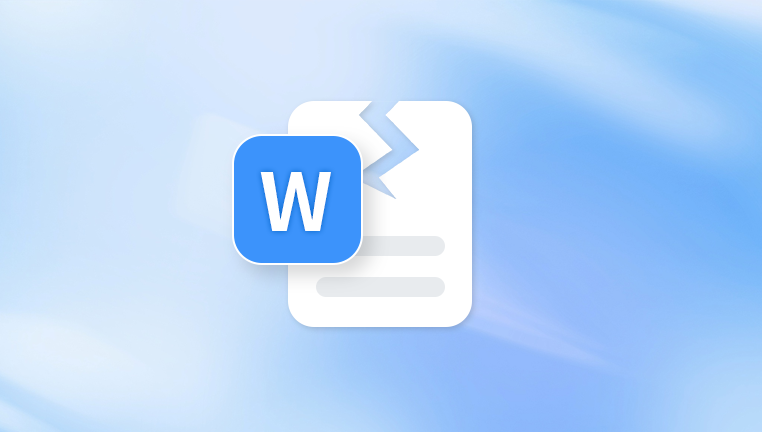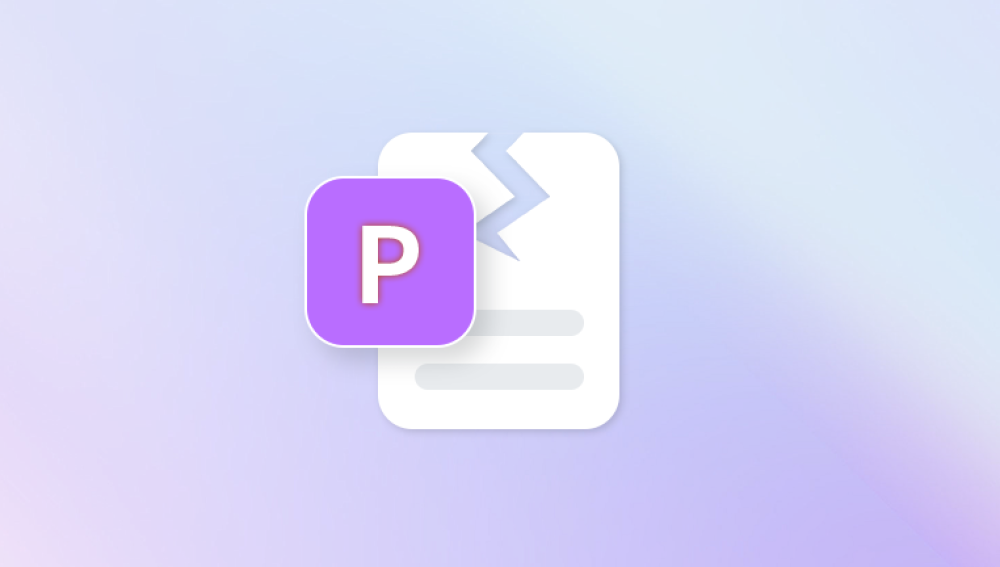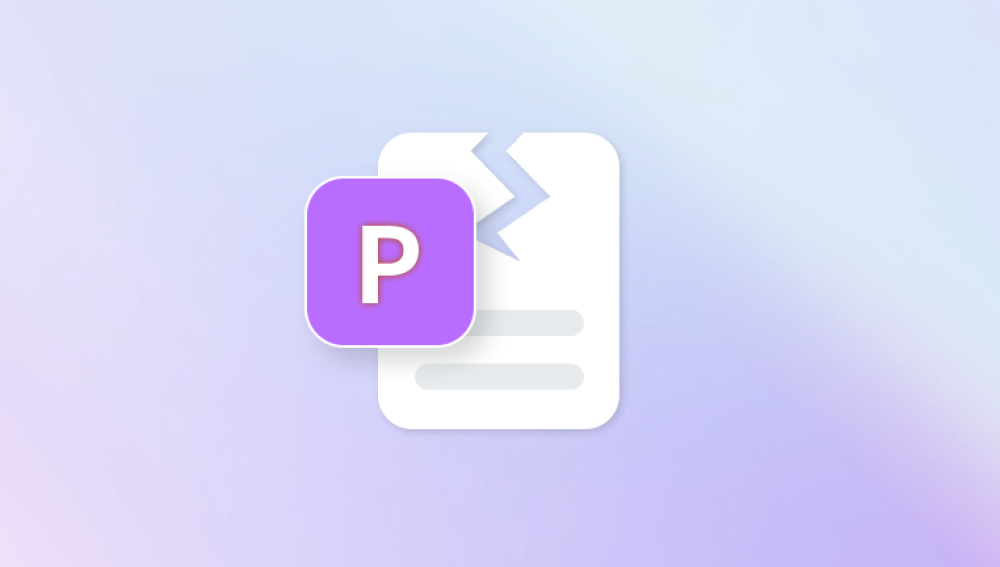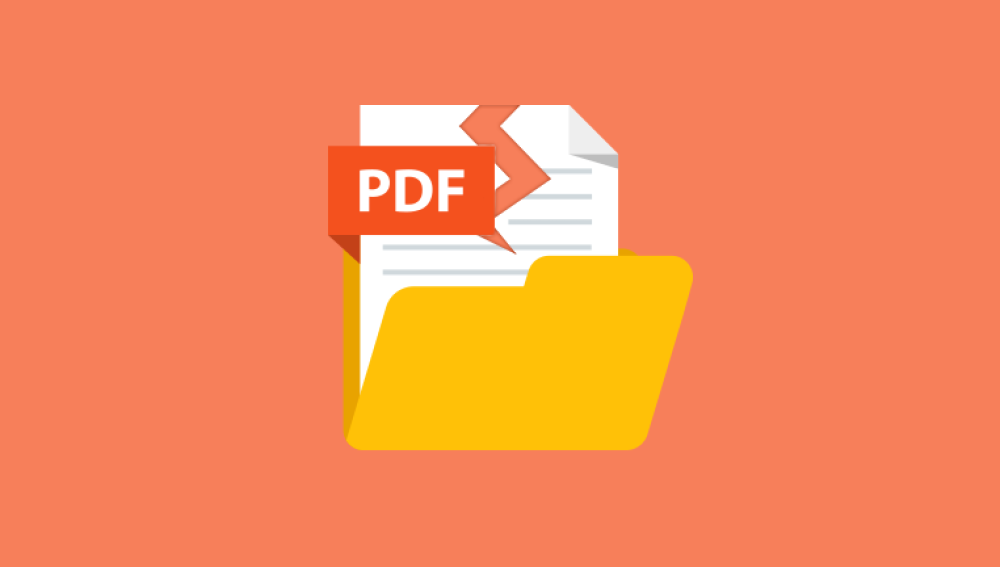From family vacation photos to scanned receipts and design drafts, our images often carry irreplaceable value. So when they become corrupted, unreadable, or visibly damaged, the panic is real. Image corruption can occur due to storage device failure, virus attacks, software crashes, incomplete transfers, or simple human error.
Chapter 1: Image Corruption
What Does a Damaged Image Look Like?
A damaged image may present in several ways:
Won't open at all ("Cannot open file" or "Invalid image format")
Visible glitches or distortions (discoloration, missing parts, lines)

File opens but is partially blank
Unexpected file extension change (.jpg to .tmp, for example)
Preview shows, but full image won't load
Causes of Image Corruption
File transfer interruptions: Pulling out a USB stick mid-transfer
Storage device issues: Failing hard drives, SD cards, or USB drives
Virus or malware: Malicious software can corrupt file headers
Software crashes: Applications crashing while editing/saving
Bad sectors: On physical media like hard drives or SD cards
Unexpected shutdowns: Power loss during writing process
Chapter 2: Preliminary Steps Before Repairing
1. Create a Backup
Before making any changes to a damaged image, always back it up. You don’t want to worsen corruption by trying multiple tools without keeping a copy of the original file.
2. Check if It’s a Display Issue
Sometimes, it’s not the image that's damaged, but your viewer:
Try opening the image with different software (e.g., IrfanView, Paint, Photoshop, or browser)
View the file on another computer
Convert the file format (e.g., from .jpg to .png)
Chapter 3: Manual Methods to Fix Slightly Damaged Images
1. Change File Extension
Sometimes the file format gets mislabeled:
Right-click → Rename → change .tmp or .jfif to .jpg
Try .png, .jpeg, or .bmp
Be cautious: this only works for minor metadata mismatches.
2. Open in a Hex Editor
For advanced users:
Open the image in a hex editor (e.g., HxD)
Compare with a healthy image of the same format
Copy the healthy image’s header (first few lines of code)
Paste it into the damaged image file
This method only works if the corruption is limited to the header.
3. Use a Different Viewer or Editor
Try:
Microsoft Paint
Photoshop
GIMP
IrfanView
FastStone Image Viewer
These tools sometimes bypass certain internal file errors and let you resave the image.
Chapter 4: Repairing with Free Tools
Panda Repair is a powerful tool designed to help users restore damaged images across various formats, including JPEG, PNG, TIFF, and others. Whether your images are corrupted due to file transfer errors, storage device malfunctions, or software crashes, Panda Repair can help recover and repair them efficiently. The tool offers both manual and automated repair methods, ensuring that even non-technical users can fix their damaged files.
Key Features of Panda Repair:
Comprehensive Recovery: Supports repairing of corrupted or unreadable images in multiple formats.
Easy-to-Use Interface: With a user-friendly interface, Panda Repair allows even beginners to repair their images with minimal steps.
Batch Repair: Panda Repair enables batch processing, so you can repair multiple damaged images simultaneously, saving time.
Preview Before Saving: The software provides a preview of repaired images before saving, ensuring you get the desired result.
Advanced Algorithms: Using advanced algorithms, Panda Repair can recover missing or corrupted image data, improving the chances of full restoration.
Cross-Platform Support: Works on both Windows and macOS platforms.
How It Works:
Install Panda Repair: Download and install the software on your computer.
Select Corrupted Files: Add the damaged images you want to repair.
Initiate Repair: Click on the “Repair” button to start the process.
Preview and Save: Once the repair is complete, preview the restored files and save them to your desired location.
Chapter 5: Using Professional Software (Paid Tools)
1. Wondershare Repairit
Features:
Repairs multiple image formats: JPG, CR2. NEF, etc.
Supports batch repair
Previews before saving
Steps:
Download and install
Upload corrupted images
Click "Repair"
Export recovered files
2. Kernel Photo Repair
Easy drag-and-drop interface. Supports JPEG, PNG, BMP, and RAW formats.
Pros:
Beginner-friendly
Preview before saving
3. EaseUS Fixo
EaseUS offers a full photo repair module inside their data recovery tool.
Steps:
Open EaseUS Fixo → Photo Repair
Add files → click Repair
Save the repaired photos
Chapter 6: Repairing RAW Image Files from Cameras
If you're dealing with RAW files from Canon, Nikon, Sony, etc., you'll need more specialized help.
Tools to Use:
Stellar Repair for Photo (supports RAW)
PhotoRec (for recovery, not repair)
Adobe DNG Converter (converts RAW to DNG to attempt repair)
RawTherapee (opens damaged RAW files for partial recovery)
Manual Tip:
Try converting the file to DNG format and then opening it in Lightroom. This bypasses corrupt proprietary RAW structures.
Chapter 7: Repairing Image Thumbnails
Sometimes, the preview (thumbnail) of the image is intact, but the full image is broken. While you can’t always recover the full file, you can extract the thumbnail as a lower-resolution version.
Tools:
ExifTool: extract embedded thumbnails
JPEG-Repair Toolkit: extract preview from EXIF
Windows Explorer Cache: browse to %APPDATA%\Local\Microsoft\Windows\Explorer and try to locate cached thumbnails
Chapter 8: Online Image Repair Tools
If you prefer not to install software, several online services offer image repair:
1. OfficeRecovery Online for Photos
Upload → Auto repair → Download
Limitations in free version (low-res previews)
2. Repairit Online
Repairs JPG/JPEG files directly from the browser
Free with limitations
3. OnlineFile.Repair
Accepts various file types including images
Pay-per-file model
Caution: Do not upload sensitive or personal images to unknown websites.
Chapter 9: Rebuilding the Image (Workarounds)
Sometimes, a file is too corrupted to be "repaired" but parts of it can still be salvaged.
Options:
Screenshot previews: If a preview shows up in Windows or a thumbnail, take a screenshot.
Use Photoshop to clone parts: Open the partially viewable image and use the clone/heal tool to recreate missing portions.
Image interpolation: Upscale thumbnails using AI-based tools like:
Let's Enhance
Remini
Waifu2x
Gigapixel AI
Chapter 10: Preventing Future Image Corruption
The best repair is prevention. Follow these practices:
Storage Best Practices
Keep backups in multiple locations (cloud, external drive)
Avoid low-quality SD cards or USB drives
Use a surge protector or UPS for power safety
Handling Tips
Never remove storage devices while in use
Always safely eject USB/SD cards
Don’t open or edit the same image in multiple apps simultaneously
Regular Backups
Automate with tools like:
Google Drive
Dropbox
Mac Time Machine
Acronis True Image
Image corruption can be frustrating and heartbreaking, especially when personal or professional memories are at stake. Fortunately, with the right combination of tools, knowledge, and patience, many damaged images can be saved or even fully restored. From free utilities like GIMP and PhotoRec to professional recovery software like Stellar Repair and Wondershare Repairit, options abound for both casual users and seasoned tech professionals.
Remember, always start with a backup, and try the simplest methods first (like changing the extension or opening in another app). If those fail, move to more advanced software solutions. When in doubt, consult a professional — especially if the files are irreplaceable.




